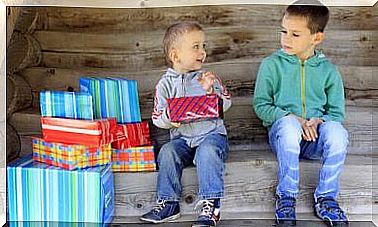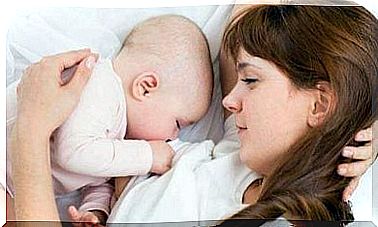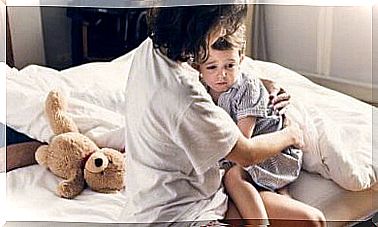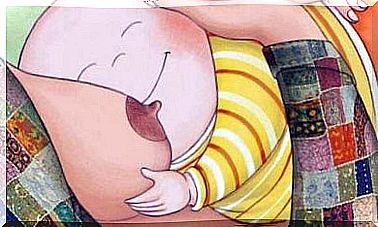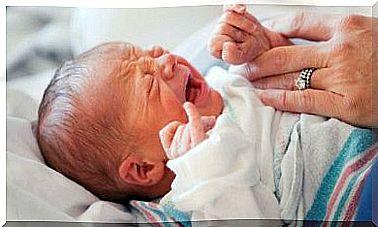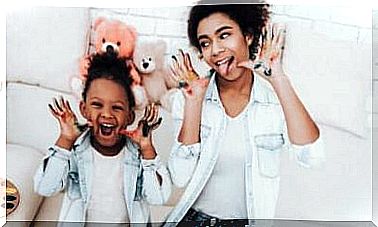6 Important Changes Between The Ages Of 2 And 3
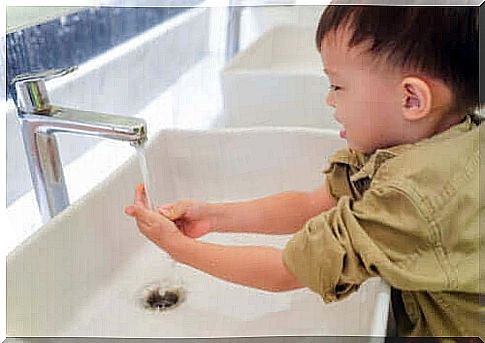
Between the ages of 2 and 3, the little ones go from being babies to becoming children. Because of this, we can expect children at this stage of development to experience a wide variety of changes – cognitive, physical, emotional and social.
Want to know about some of the major changes that are occurring at this age? Read on and we’ll tell you.
6 important changes between the ages of 2 and 3
In addition to growing physically, children between the ages of 2 and 3 also mature at a cognitive level. Many of their skills will be developed greatly during this stage.
They also begin to relate to the world in a different way and gain autonomy and independence. They begin on certain tasks that they could not do before or that they used to do with the help of their parents or other adults.
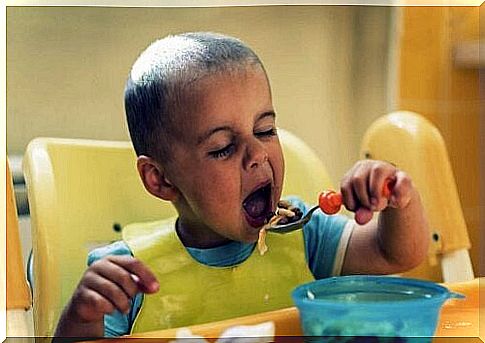
In this way, parents will observe how their children change and become more and more willing to learn and acquire new skills.
Between the ages of 2 and 3, children acquire more autonomy to go to the toilet
According to the Early Care Team of La Rioja from Spain , children as young as 2 years old are able to recognize the potty and the toilet. They can even use them properly if an adult has shown them how to do.
When they are 3 years old, children usually ask to go to the toilet. They can even walk alone, although they usually need help to dry themselves afterwards. Furthermore, they are able to wash and dry their hands even when they are done on the toilet.
2. They acquire a certain autonomy to put on clothes themselves
Most 2-year-olds know how to take their shoes and pants off if someone has buttoned them up for them. When they are 3 years old, they become more competent in this field. They learn to take clothes off and on even without the help of adults.
3. They learn to eat themselves
Another notable change at 2 and 3 years of age is that children go from being fed with spoon to eating on their own. They have a bit of a hard time learning how to completely master the use of cutlery, but over time, they waste less and less of the food.
4. The language becomes more complex and understandable
During their second year of life , children use simple language based on the completion of sentences formed by a noun and a verb. For example: “I want water” or “Mom came”. Furthermore, they answer simple questions, such as: “What are you doing?”, “What do you want?” and “Where is it?”.
During their third year, however, their speech becomes more complex and understandable. Children will learn practically to master all phenomena and add verbal nouns, plurals, pronouns and nouns to their vocabulary. It makes them improve their verbal language, and allows them to tell others what they are doing, what they want, or what is happening.
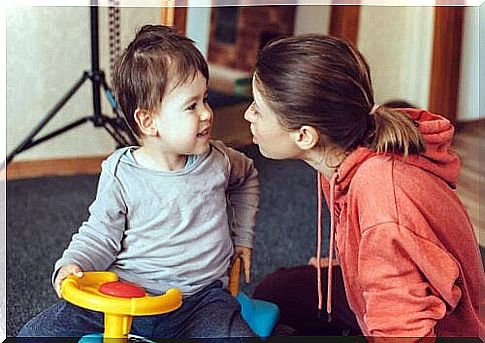
5. Increased social life
Between the ages of 2 and 3, most children will begin in a kindergarten. They go from relating almost exclusively to their family core to interacting with other children and other adults (assistants / teachers).
This is a time when they increase their social life significantly. They learn skills related to socially accepted norms and behavioral habits.
6. They start helping out at home
Although it may work early, children between the ages of 2 and 3 can start helping out at home. They can help clean things up. For example, they can help pick up their toy and pack it away or put some simple things on a table, such as plates, napkins, spoons, etc.
Conclusion on changes between ages 2 and 3
Children between the ages of 2 and 3 experience many changes in their lives. These changes also affect their parents, who have to accept that their children are growing up and not as dependent on them as they once were.
Nevertheless, there is no need to be vigilant if any of the above changes do not occur, as each child follows his or her own pace when it comes to development and learning.
